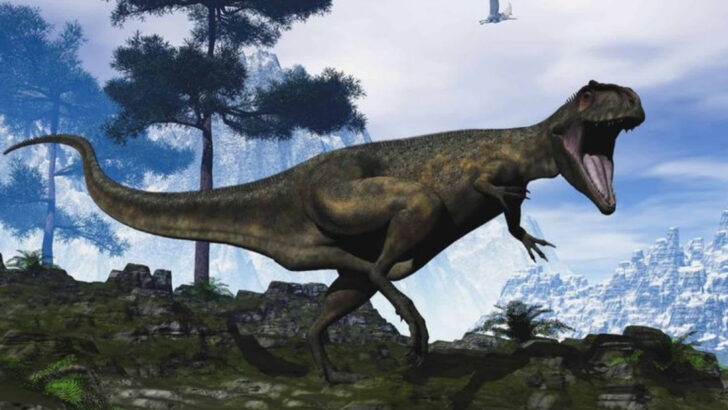Some animals were so big, they make today’s giants look like house pets.
We’re not talking about just “large.” We’re talking about jaw-dropping, bone-crushing, earth-shaking behemoths that once roamed land, ruled the skies, and swam through oceans like living battleships.
Think whales the size of submarines. Birds that could swallow a grown man whole. Lizards that made T. rex look like a warm-up act.
And here’s the wildest part—these were real. No movie magic. No myth. Just nature, flexing hard.
Ready to meet the true kings and queens of size? Let’s take a look at the biggest beasts that ever lived—and try not to feel too small in the process.
Argentinosaurus
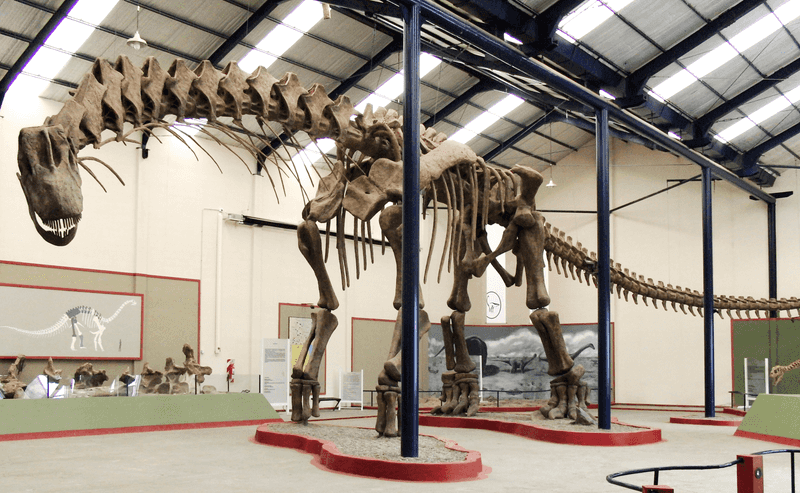
Imagine a creature so massive that its footsteps could shake the ground. Argentinosaurus, a titan among dinosaurs, roamed the Earth during the Late Cretaceous period. This colossal giant weighed as much as 100 tons and stretched over 100 feet in length.
Its long neck allowed it to reach treetops for food, while its tail balanced its immense body. As one of the largest land animals ever, Argentinosaurus dominated its habitat.
Fossils discovered in Argentina provide a glimpse into its massive size and strength. This behemoth symbolizes the grandeur and mystery of prehistoric life.
Blue Whale
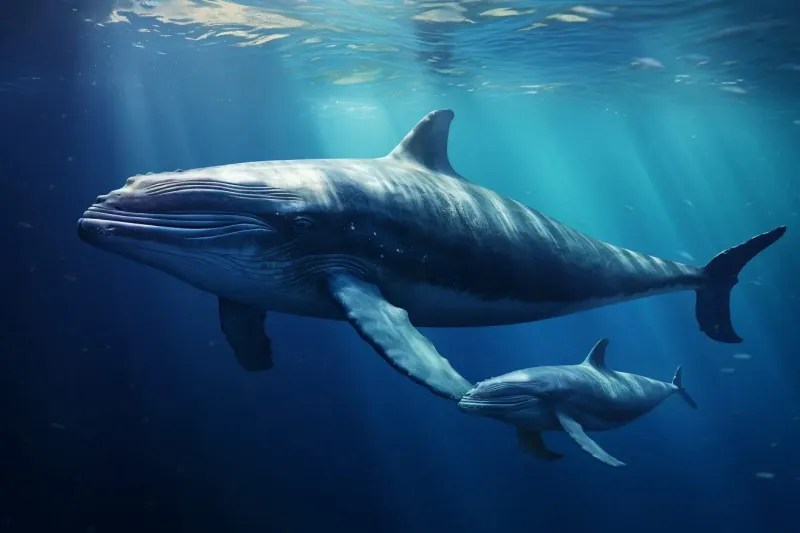
The Blue Whale reigns as the largest animal ever known. These majestic marine mammals can reach lengths of up to 100 feet and weigh as much as 200 tons. Their heart alone is the size of a small car.
Blue Whales feed primarily on tiny krill, consuming up to 4 tons per day. Their songs echo across the ocean, communicating with others miles away.
These gentle giants are a testament to the wonders of marine life. Despite their size, they glide gracefully through the oceans, captivating all who witness their beauty.
Megalodon

Eons ago, the Megalodon ruled the seas with its enormous size and fearsome reputation. Measuring up to 60 feet in length, this prehistoric shark was an apex predator. Its jaws were powerful enough to crush the bones of large marine mammals.
The fossilized teeth of Megalodon are evidence of its existence, scattered across ocean floors. This giant shark is both a subject of fascination and terror.
Despite its extinction millions of years ago, Megalodon’s legacy lives on. It remains a symbol of the ocean’s untamed, mysterious depths.
Paraceratherium
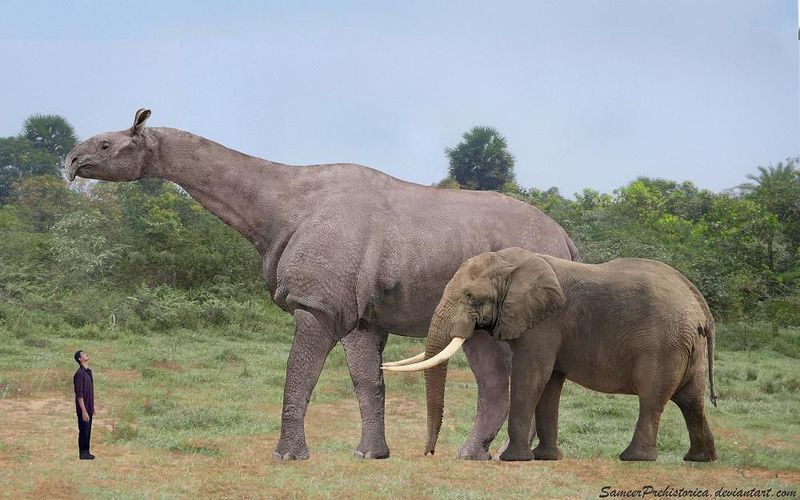
Considered the largest land mammal, Paraceratherium roamed the ancient landscapes of Eurasia. Standing at an impressive 16 feet tall at the shoulder, it weighed up to 20 tons.
Despite its size, it was a gentle herbivore, using its long neck to browse treetops for leaves. Fossils found in Asia depict a creature of incredible stature.
Paraceratherium’s sheer size has fascinated paleontologists for decades. Its existence paints a vivid picture of a time when mammals reached unimaginable proportions. This giant rhino-like creature remains an icon of prehistoric times.
Spinosaurus

With a sail-like structure on its back, Spinosaurus cuts an intimidating figure. Known as one of the largest carnivorous dinosaurs, it lived during the Cretaceous period.
Spinosaurus could grow over 50 feet long, with a crocodile-like snout perfect for catching fish. Its semi-aquatic lifestyle set it apart from other dinosaurs.
Fossil evidence suggests it could swim, adding to its fearsome reputation. This dinosaur’s existence challenges our understanding of prehistoric life. Its unique adaptations make it a fascinating subject of study for paleontologists.
Titanoboa
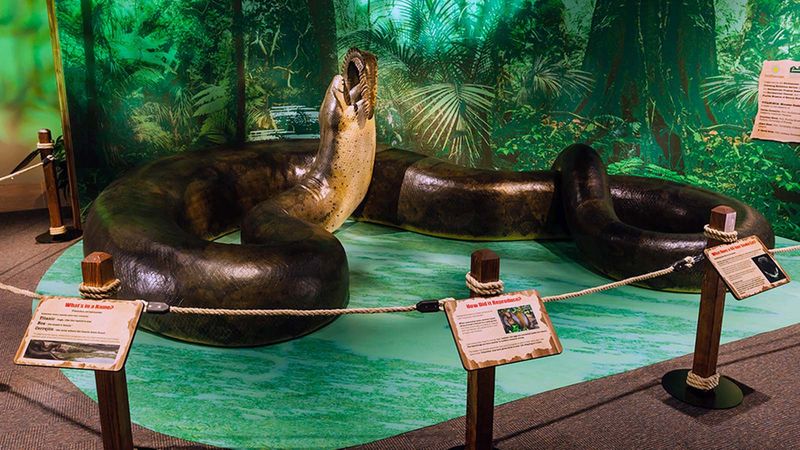
In the sweltering heat of ancient rainforests, Titanoboa, the largest snake ever discovered, thrived. This giant serpent could reach lengths of over 40 feet and weigh more than a ton.
Its size allowed it to prey on large animals, constricting them with immense force. Titanoboa’s discovery in Colombia provided insights into the warm climates of the past.
Its existence challenges our perceptions of snakes and their evolutionary history. The sheer scale of Titanoboa leaves scientists and enthusiasts alike in awe.
Quetzalcoatlus
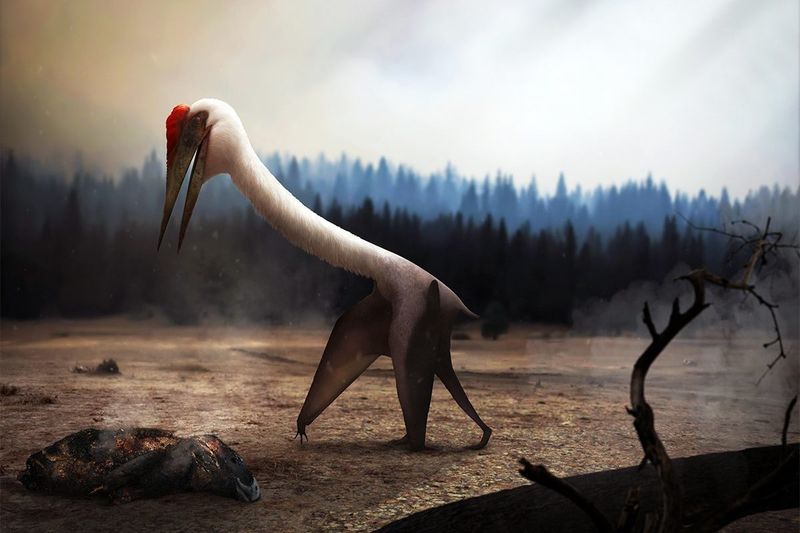
Quetzalcoatlus, the largest flying animal of all time, soared the skies with a wingspan reaching over 30 feet. Named after the Aztec feathered serpent god, this pterosaur was a master of the skies.
Its hollow bones and lightweight structure allowed it to fly with grace and agility. Quetzalcoatlus fed on small animals and fish, using its long beak to hunt.
Its fossil remains discovered in North America reveal its impressive size and capabilities. This giant flyer symbolizes the incredible diversity and adaptability of ancient life.
Sarcosuchus
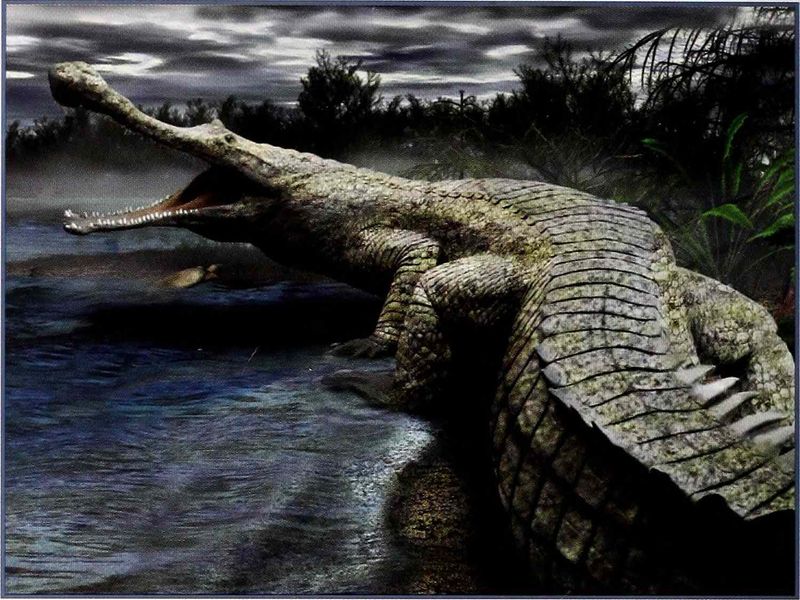
Sarcosuchus, often dubbed the “SuperCroc,” was a colossal ancient crocodile. Living around 110 million years ago, it could grow up to 40 feet in length.
Its long, powerful snout was filled with sharp teeth, making it a formidable predator. Sarcosuchus inhabited rivers and coasts, preying on fish and dinosaurs alike.
Fossils found in Africa paint a vivid picture of this fearsome creature. It serves as a reminder of the incredible size and power that reptiles once achieved. Sarcosuchus remains a subject of fascination and study.
Giganotosaurus
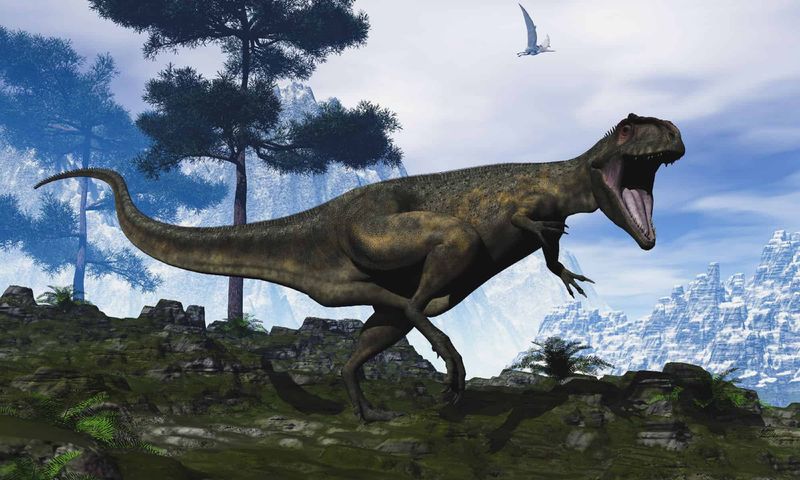
Giganotosaurus, a titanic predator, rivaled the famed Tyrannosaurus rex in size and ferocity. Residing in South America during the Late Cretaceous, it measured over 40 feet long.
Its powerful jaws and keen senses made it a top predator of its time. Fossil evidence paints a picture of a fearsome carnivore, ruling its domain with an iron grip.
The discovery of Giganotosaurus has reshaped our understanding of dinosaur hierarchies. It stands as a testament to the diversity and adaptability of prehistoric life.
Pliosaurus
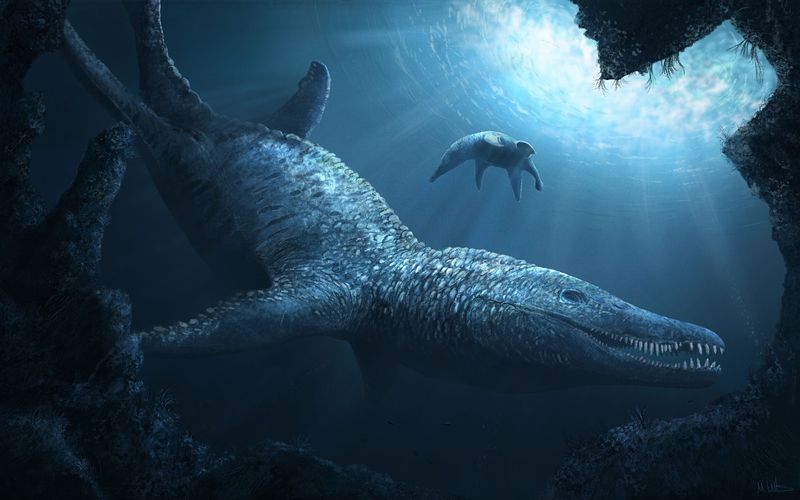
With a body built for the ocean’s depths, Pliosaurus was a marine reptile of monstrous proportions. Measuring up to 40 feet, it had a powerful jaw filled with razor-sharp teeth.
Pliosaurus preyed on large fish and other marine creatures, dominating the seas. Its streamlined body and strong flippers allowed swift navigation through water.
Fossils discovered in Europe showcase its impressive size and hunting prowess. This sea monster represents the ferocity and adaptability of marine reptiles. Pliosaurus remains a captivating subject for paleontological research.
Deinocheirus
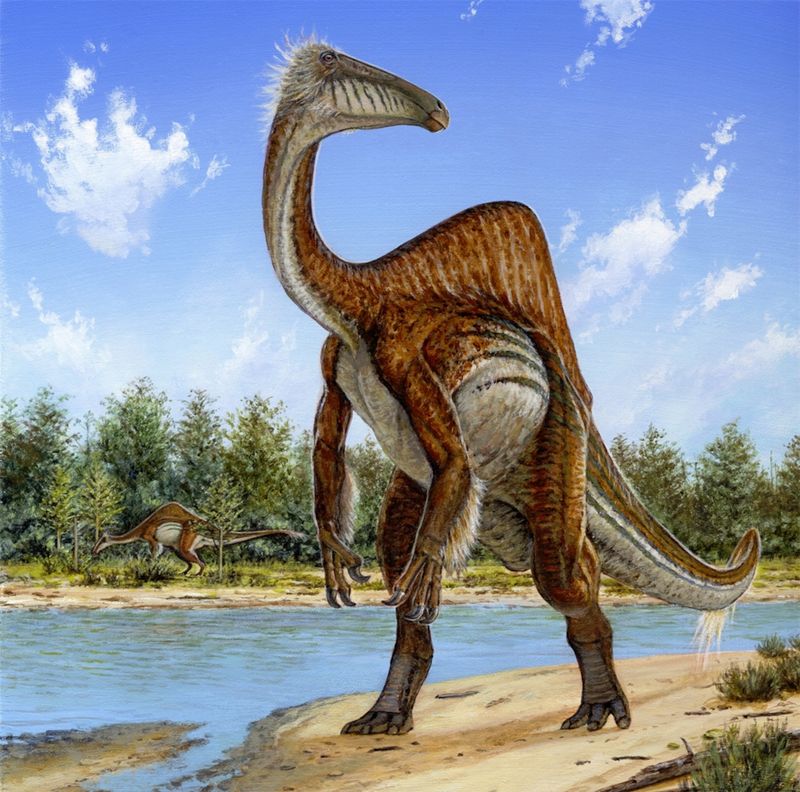
Deinocheirus is a dinosaur that defies expectations with its unique appearance and characteristics. Measuring over 30 feet long, it possessed unusually long arms and a duck-billed snout.
Its discovery puzzled scientists for decades, as initial fossils only included its massive arms. Deinocheirus was an omnivore, feeding on plants and small animals.
The complete skeleton, found in Mongolia, reveals an odd yet fascinating creature. Its peculiar features highlight the incredible diversity of dinosaur evolution. Deinocheirus continues to intrigue both scientists and dinosaur enthusiasts.
Therizinosaurus
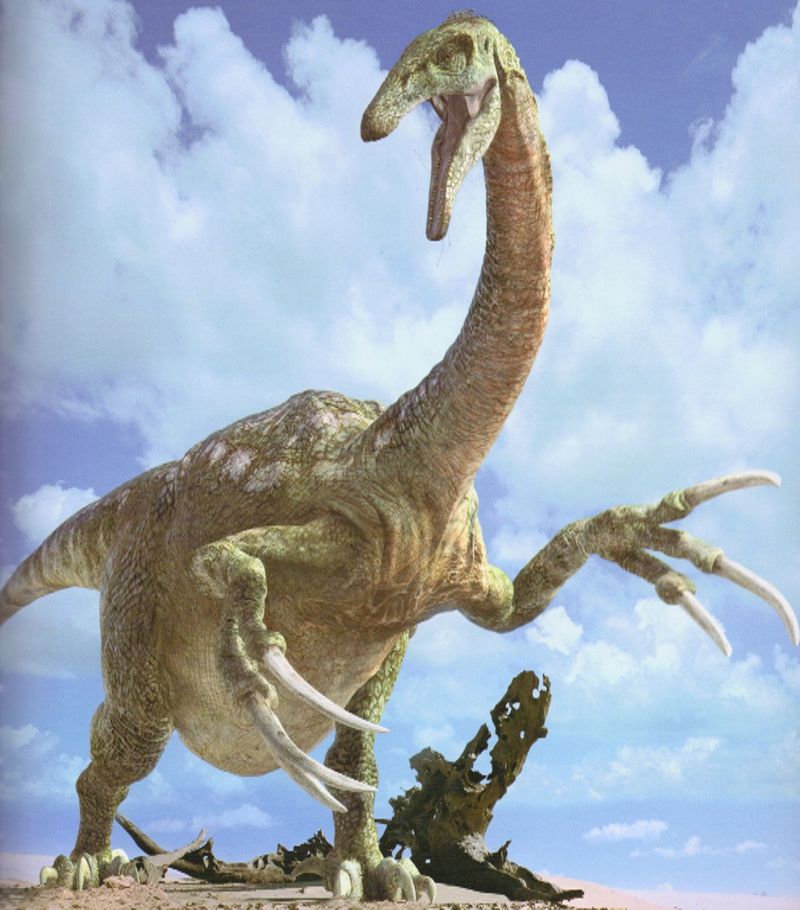
Therizinosaurus is known for its enormous claws, which extend over three feet in length. This herbivorous dinosaur roamed Asia during the Late Cretaceous period.
Despite its fearsome claws, it used them primarily for foraging vegetation. Therizinosaurus stood upright, with a bird-like posture, adding to its mysterious allure.
Fossils discovered in Mongolia showcase its distinctive features. This dinosaur’s strange appearance and behavior continue to puzzle and fascinate researchers. Therizinosaurus offers a glimpse into the unique adaptations that dinosaurs developed.
Mamenchisaurus
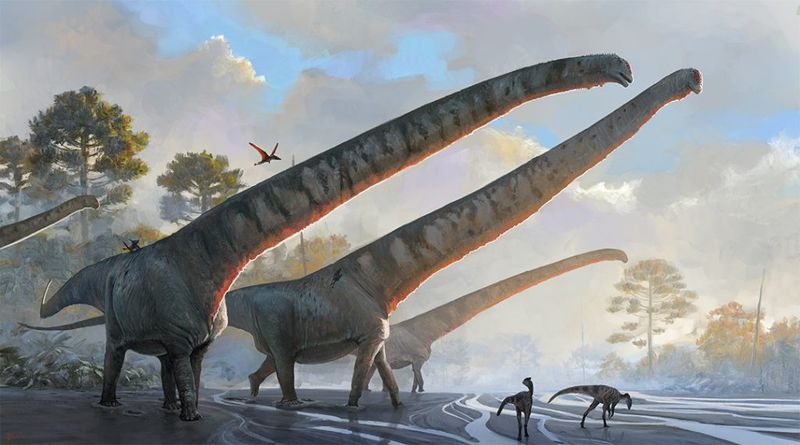
Mamenchisaurus, with its astonishingly long neck, is a marvel among sauropods. This dinosaur could grow over 80 feet long, with half of that length attributed to its neck.
Roaming the Late Jurassic period in what is now China, it reached treetops to feed. Its long neck allowed it to consume vegetation other dinosaurs couldn’t reach.
Fossils found in Asia reveal its impressive size and adaptability. Mamenchisaurus illustrates the remarkable evolutionary paths taken by some dinosaurs. It stands as a symbol of nature’s ingenuity and diversity.
Shantungosaurus
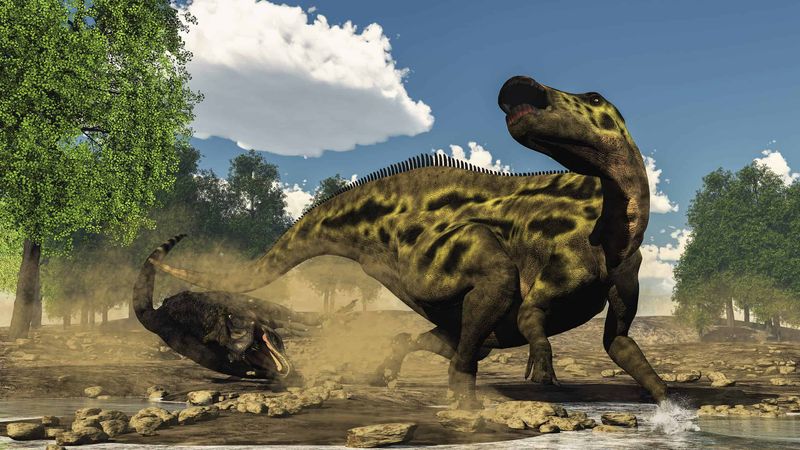
Shantungosaurus holds the title for one of the largest known hadrosaurs. This duck-billed dinosaur measured up to 50 feet in length and weighed around 15 tons.
Living during the Late Cretaceous in what is now China, it roamed in herds for protection. Its flat, wide snout and robust body allowed it to graze efficiently on plants.
Fossils discovered in China highlight its impressive size and social behavior. Shantungosaurus underscores the incredible diversity of herbivorous dinosaurs. It remains a subject of fascination for paleontologists worldwide.
Basilosaurus
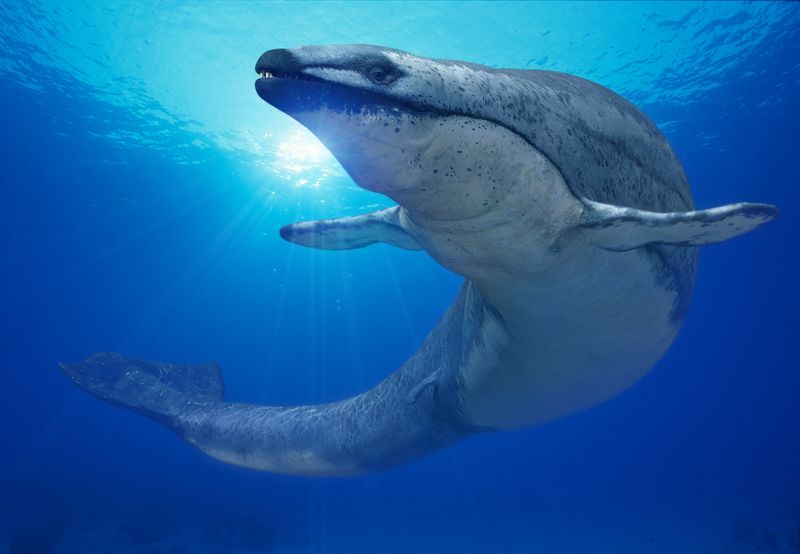
Basilosaurus, an ancient whale, is often mistaken for a prehistoric reptile due to its name. This marine mammal could reach lengths of up to 60 feet.
Living during the Eocene epoch, it was a top predator in the ocean. Its long, slender body was built for speed, enabling it to chase down prey.
Fossils found in North America provide insights into its life and environment. Basilosaurus serves as a reminder of the fascinating evolutionary history of whales. It remains a captivating subject for marine paleontology.
Megatherium
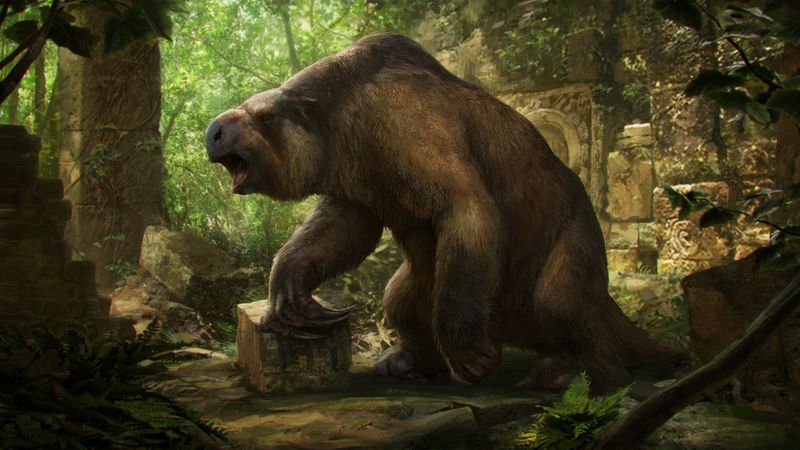
Megatherium, the giant ground sloth, was one of the largest land mammals to exist. Standing over 20 feet tall on its hind legs, it weighed several tons.
Despite its size, it was an herbivore, feeding on leaves and vegetation. Megatherium roamed the forests of South America, using its long claws to pull down branches.
Fossils reveal a creature built for a slow, deliberate lifestyle. This gentle giant is a symbol of the diverse and unique megafauna of the past. Megatherium remains an iconic figure in paleontology.
Patagotitan
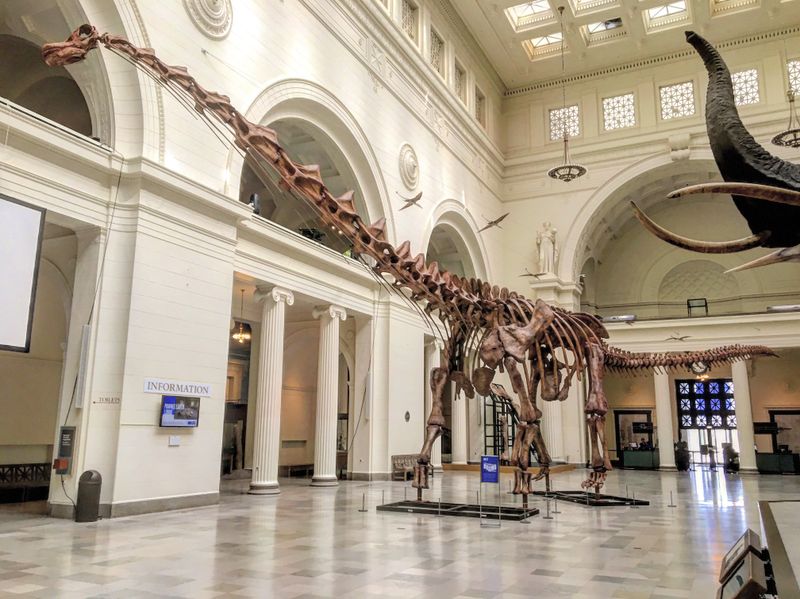
Patagotitan, one of the largest known dinosaurs, dominated the Earth with its sheer size. This titanosaur could reach lengths of over 120 feet and weighed around 70 tons.
Living during the Late Cretaceous in what is now South America, it thrived on vegetation. Its massive body required vast amounts of food, shaping its environment.
Fossils discovered in Patagonia provide a glimpse into its colossal existence. Patagotitan exemplifies the extraordinary scale of prehistoric life. It continues to be a source of fascination and wonder for scientists.
Elasmotherium
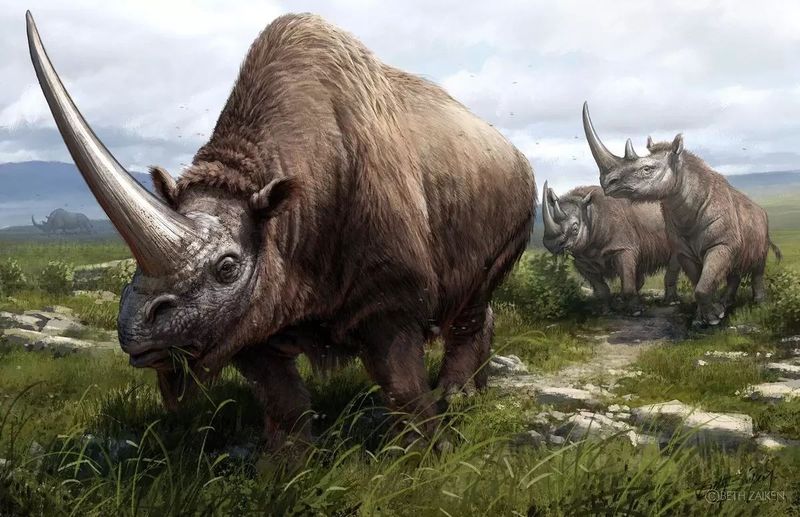
Elasmotherium, often referred to as the “Siberian unicorn,” was a giant prehistoric rhinoceros. This woolly creature possessed a massive horn and weighed several tons.
Inhabiting the steppes of Eurasia, it grazed on grasses and other vegetation. Its robust build and distinctive horn made it a striking presence.
Fossils found in Russia highlight its unique adaptations to cold environments. Elasmotherium represents the incredible diversity of prehistoric megafauna. Its mythical appearance continues to intrigue paleontologists and the public alike.
Leedsichthys
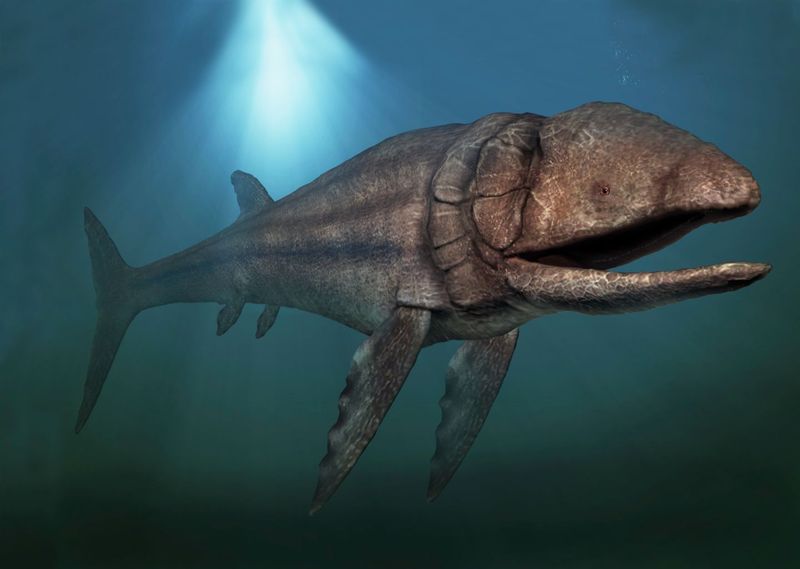
Leedsichthys, the largest known fish, dominated the seas during the Jurassic period. This colossal fish could grow up to 50 feet long, dwarfing other marine life.
It was a filter feeder, using its large mouth to consume plankton and small fish. Fossils discovered in England provide insights into its size and lifestyle.
Leedsichthys showcases the incredible variety of life in ancient oceans. Its sheer scale and gentle feeding habits make it a unique figure in marine paleontology. The fascination with Leedsichthys continues to inspire aquatic research and exploration.
Gigantopithecus
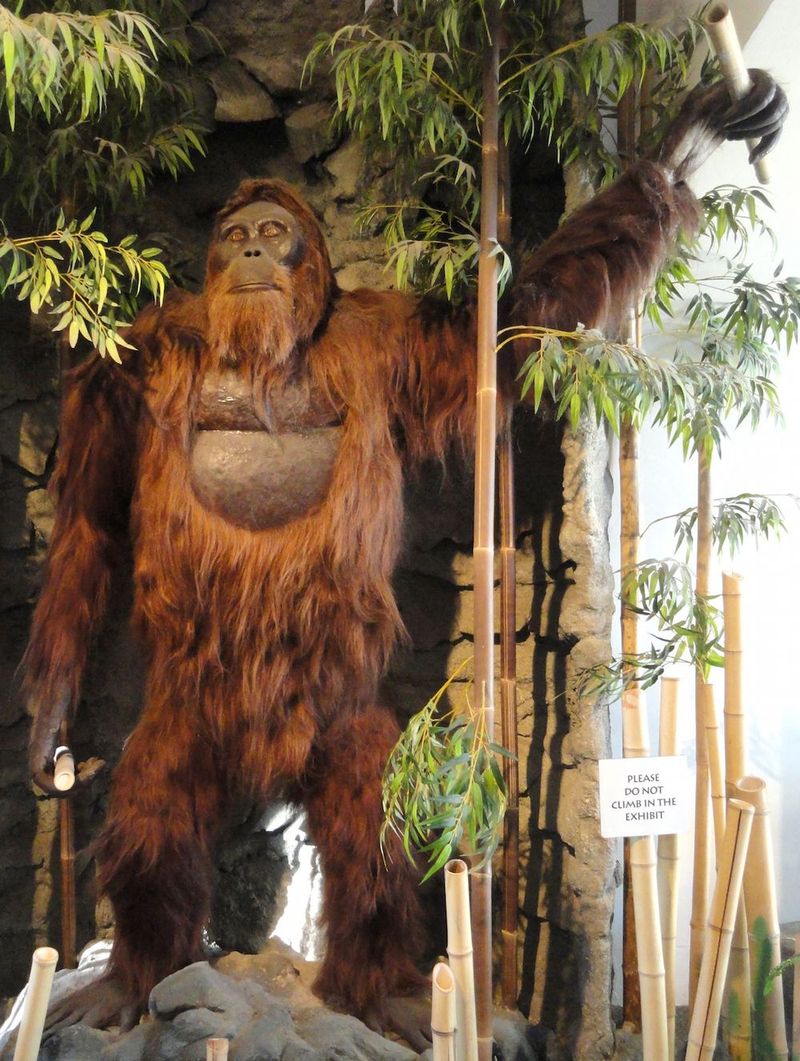
Gigantopithecus, the largest ape to ever exist, stood over 10 feet tall and weighed around 1,000 pounds. This giant primate lived in the forests of Asia during the Pleistocene epoch.
Its diet consisted mainly of bamboo and other vegetation. Fossil remains, primarily jaws and teeth, were discovered in China and Southeast Asia.
Gigantopithecus represents a fascinating chapter in primate evolution. The mystery surrounding its extinction continues to captivate scientists. Its immense size and ape-like features have fueled legends of Bigfoot and Yeti.
Dunkleosteus
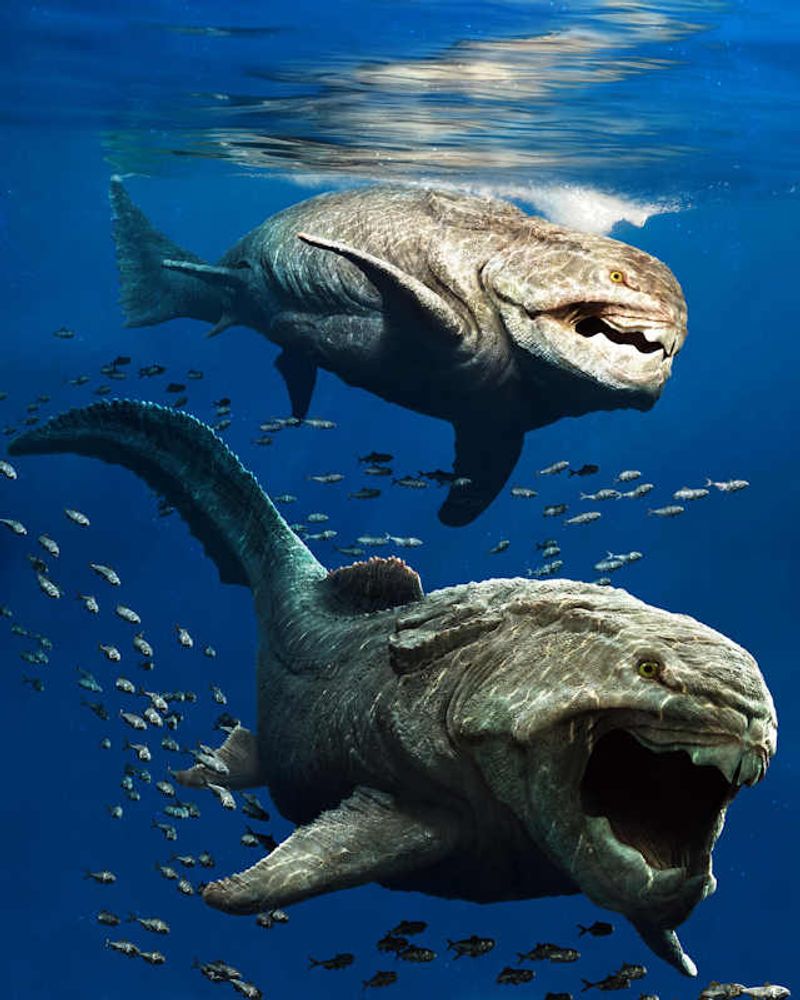
Dunkleosteus, an ancient predator of the Devonian seas, boasted armored plates and powerful jaws. This fish could grow over 30 feet long, dominating marine ecosystems.
Its bite was one of the strongest among prehistoric fish, allowing it to crush almost anything. Fossils found in North America provide a glimpse into its fearsome lifestyle.
Dunkleosteus exemplifies the fierce and competitive nature of ancient oceans. Its legacy continues to intrigue researchers and marine enthusiasts alike. The armored fish remains a symbol of the untamed past.
Dreadnoughtus
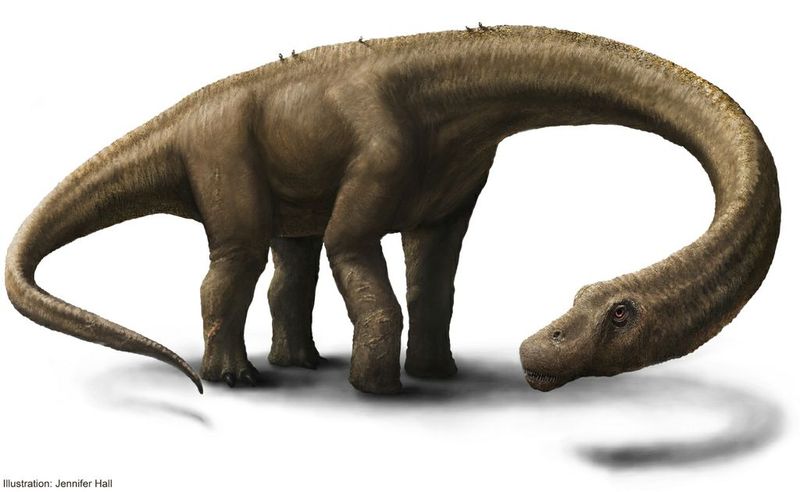
Named for its imposing size, Dreadnoughtus was one of the heaviest land animals to ever exist, weighing in at around 65 tons. This colossal dinosaur roamed the earth during the Late Cretaceous period, roughly 77 million years ago, in what we now know as South America.
The Dreadnoughtus’s name, meaning “fears nothing,” reflects its dominant presence in the ancient ecosystem, where it had few natural predators. Its formidable mass and size provided significant protection against threats, allowing it to thrive as a peaceful herbivore.
With a neck stretching over 37 feet long, Dreadnoughtus could access a variety of vegetation, playing a crucial role in its environment. Its discovery has offered paleontologists vital insights into the life and habits of giant sauropods.

